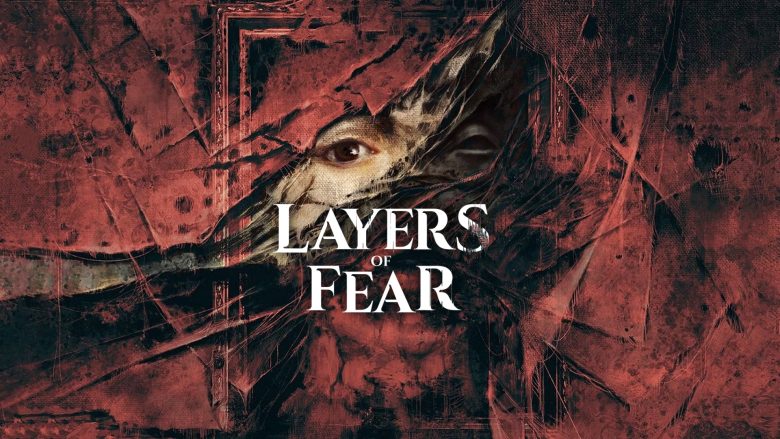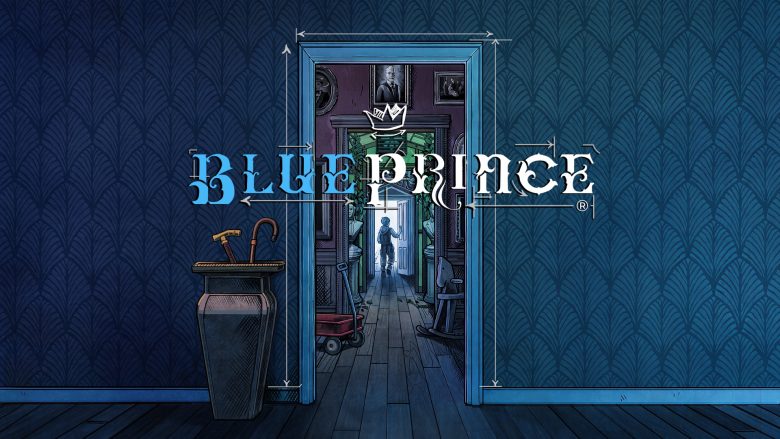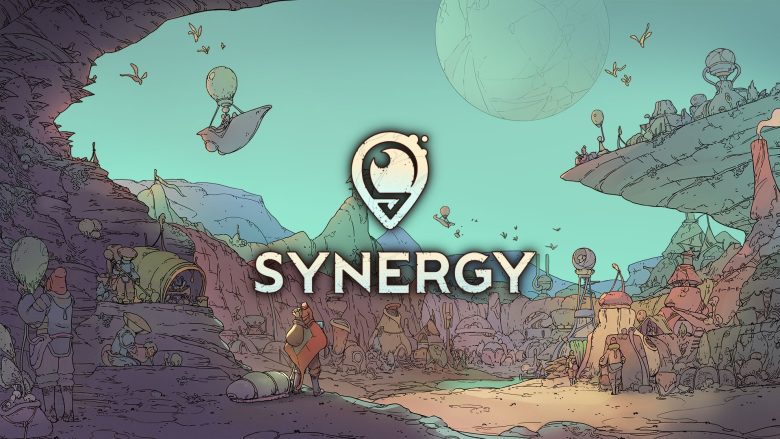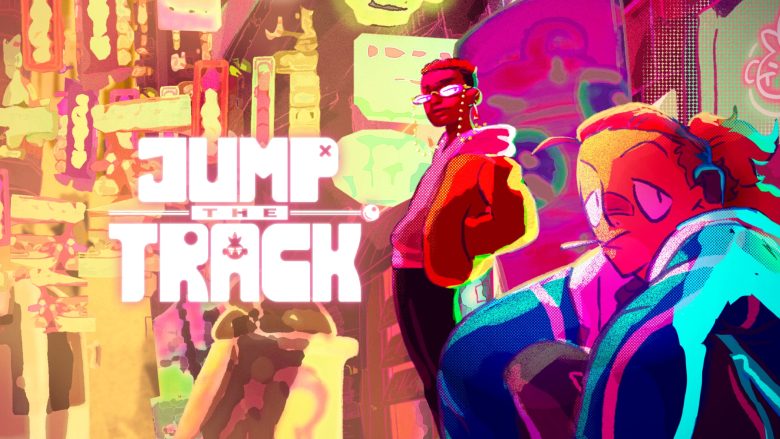Star Control II, also known as Ur-Quan Masters, is a real-time adventure and strategy video game developed by Toys for Bob and published by Accolade in 1992.
It was one of the most popular games of its era and earned numerous awards for its engaging story, high-quality graphics, and catchy soundtrack.
The game puts you in the role of a spaceship captain who must explore the universe, interact with many alien species and fight enemies.
The sci-fi storyline takes place in a galaxy full of complex characters and challenges, and features a unique mix of exploration, real-time combat, diplomacy and strategy.
The game, acclaimed for its storyline, features a wide range of well-developed elements. The engaging pace keeps the player glued to the screen until the end.
The graphics are of high quality for the time, with a wide variety of sprites and animations. The soundtrack is notable for its beauty and originality.
In 2002 the game was released under an open source license. This allowed fans to introduce mods, enhancements, and porting to any operating system.
Nowadays the game is free to download, and the fan community is still active even thirty years since its release!
A Melee history
The creators of Star Control II are Fred Ford and Paul Reiche III. They also founded the development team Toys for Bob.
Ford and Reiche created the first Star Control in 1990, and continued to work together on Star Control II. They also collaborated on other successful projects, such as the Skylanders series of platformer games.
In addition, after Activision acquired Toys for Bob in 2005, Ford and Reiche worked as consultants to the game development team until 2013.
The initial idea for Star Control came from the early days of the video game tradition, drawing on the iconic interface of the game Spacewar!, created in 1962 by a group of MIT students.
It was a combat simulator in which two players controlled spaceships trying to destroy their opponent’s, and using the star gravity system as the playing field.
The expansion of this simple idea is the cornerstone of Star Control II, in which real-time 1v1 skirmishes decide the outcome of hostile encounters.
The strong customization of each starship makes combat extremely exciting strategically and tactically.

The key to victory lies in the strengths and weaknesses of each fleet and especially in the skills of the experienced pilot who takes advantage of them.
Spaceships have very different statistics from each other, two fire modes, and a singular design consistent with the plot.
It really seems that each spaceship has its own defined and recognizable character. Those bunch of pixels will really catch your heart!
Open World?
The map of Star Control II is vast and varied, consisting of hundreds of stars, planets and moons to freely explore.
The player can interact with many alien races in the galaxy, some friendly and some hostile.
Landing on planets, gathering resources, studying ruins and ancient artifacts, all are crucial to improving the player’s ship capabilities.
Use with caution the term “open world” when referring to Star Control II…
The only element in common with the modern meaning of this subgenre is the presence of a very large map in which one is free to move around, but this title has an important difference.
There are no “secondary” missions in Star Control II.
Any item, artifact, enhancement, resource, alliance or even any dialogue element has an effect on the plot.
Although the galaxy turns out to be very large, the player never feels that the actions taken are unnecessary, yet there are no obligatory directions or quests that provide a path.
Similarly, there are no trivial fillers or game rewards scattered about for no definite reason.
Fast travel is way better than in some modern titles, with limited waypoints that do not negate the perceived grandeur of the universe explored.
The narrative plot is very important but remains underlying and not glossed over in a cheesy way to force the course of events.

Overall, this is the best open world in video game history, in which very solid storytelling is made independent of the exploration part, giving memorable discovery moments of pivotal plot points.
It is hard not to get attached to the experience of guiding the starship to a new star system inhabited by a sentient species to interact with.
A plot taking its time
The plot of Star Control II follows the adventure of a crew of human colonists who return to Earth twenty years after the the war against the Ur-Quan has ended.
Unfortunately, the mysterious and ancient alien race has already subjugated the galaxy and imposed slavery on many populations, including humans.
Aboard an alien spaceship, the player must travel exploring new worlds, forging alliances with other races and fighting the Ur-Quan.
Along the way he will encounter various alien populations, each with its own culture and motivations, and must interact with them in order to obtain useful information and resources.
The plot unfolds in a nonlinear fashion, giving the player the freedom to explore and decide what goals to pursue and how.
Many subplots and secondary characters enrich the narrative and add depth and complexity to the game world.
Dramatic and comic elements are interwoven to narrate a compelling and convincing story, sketched out as you progress through the star journeys.
Star Control II also has a time limit, which is set based on the evolution of the plot.
Although not explicitly shown, the game takes place in a specific time frame, and the player must complete certain objectives and achieve certain milestones to advance in the story.
If the player fails to complete a main objective within a certain time limit, the plot will still continue to progress, but the outcome may be less favorable.
It is still a very complex game, however, and the happy ending is far from easy to achieve.
The time limit in Star Control II is an important element of the game’s plot because it adds critical issues. For example, there is a threshold beyond which it becomes impossible to defeat the main antagonists.
Farming is everything
Game resources are gathered when the player’s ship scans the surface of a new planet to which it has landed.
An exploration module can be landed to explore or collect objects and materials from the surface.
This is a different interface and gameplay than 1v1 combat or exploration. A mixture of an old school racing game with extreme survival elements.
Minerals are often protected by the inherent conditions of the planet where the lander has set down. The risk of sending our crew to die always looms.
An experienced captain can thoroughly understand the mechanisms that govern the best conditions for resource farming during exploration.
Bringing home a good cargo is always a pleasure, since it translates into a better chance of survival.
And more.
The phase that consecrates and follows galactic farming is the customization of our Starship.
Resources gathered on explored star systems are useful to buy modules to carry more crew or more fuel, powerful weapons, or additional engines to increase speed.
In addition, diplomatic achievements the player made can lead into purchasing new battleships using models from allied populations.
Returning to base becomes pure strategic satisfaction, given the amount of management elements that are present in Star Control II.
We reach out our appendage in friendship
Wandering the constellations in search of strange alien races: this is how you will spend most of your gane time.
Before discovering the exact location of the native planet of these peoples, it’s impossible to locate them on the map. However it is still easy to come across random encounters while navigating.
Dialogues are very frequent, and Star Control II sets the standard in this kind of narrative gameplay.
Each alien population has its own animated portrait, custom music, excellent voice acting and masterfully written dialogue.
I noticed painstaking care even in the design of the Fonts, customized for every interlocutor species.
Nothing is left to chance. Each dialog box contains information, plot twists, dramatic elements about the storyline, and comic coloring about alien cultures.
Some have compared Star Control II to the Star Trek series, but that is a very weak comparison. The science fiction setting created by Ford and Reiche is much more refined.

Space is not the final frontier
Longevity is a minimum of twenty hours, without considering the replayability. In fact, victory can be achieved in very personalized ways.
The graphics are that of an excellent title for 1992, tweaked after open source licensing and recently remastered in HD.
Often the difficulty and complexity can demoralize at first glance. But it is not true that Star Control II is only for the fans of Sci-Fi genre.
In my opinion this is a true must-play, one that should absolutely be tried at least once in a lifetime and kept as a relic for anyone interested in game design.
Star Control II
PRO
- Timeless storyline
- Perfect mix of exploration and shoot’em up
- Free to play and constantly updated
- Retro graphics and bgm, wonderful voicing
- Works on ANY operative system
CON
- Very high difficulty
- Some controls might not be so intuitive











